LA LAOUZIERO
In the meantime, Erica and Federico’s family moved to Borgata Grangette, at an altitude of 1,060 metres above sea level. “It was almost deserted. Some of the stone houses were, and still are, collapsing. This is valuable heritage that is being lost”, explains Erica.
The vegetable gardens were abandoned and the only inhabitant left in the village was a man called Valdo, who had also came back to live permanently in Borgata Grangette a few years before. “Valdo introduced us to this place. His presence is vital for us, but we are not completely isolated – there are another ten or so hamlets scattered in the mountains, connected to our hamlet by paths and mule tracks. Miners used to live in these villages, the mountain is full of tunnels” says Erica. Talc has historically been dug throughout the Germanasca Valley, and the history of this area is now told by the ecomuseum Ecomuseo delle miniere e della Valle Germanasca. In the old times, local residents left the houses in Borgata Grangette – which were home to up to fifty people – to reach the mines. The vegetable gardens are fragmented patches of land, and there are just a few stables.
Talc
Talc is a soft mineral, which can be scratched with a fingernail. It is also very oily, soft to the touch, and characterised by marked basal cleavage. This means that flexible, but not elastic, lamellae can be easily obtained from it. The powder of the “Bianco delle Alpi” variety extracted in Val Germanasca is extremely white and well-known all over the world.
Italy ranks third in the world in talc production, but is the leader in terms of quality. About a hundred people in Val Germanasca are still currently working in the extraction of talc.
Through the ScopriMiniera (Discover the mine) tour, the Ecomuseo allows visitors to visit the Paola mine, walking along a large underground ring of tunnels and galleries adjacent to the disused extraction sites. The guided tour explores the historical figure of farmer-miners and bears witness to more than 100 years of extraction of “Bianco delle Alpi”.
A small school was opened in the 1880s to serve the local community. The old school building is known as the “Beckwith school” and was named after John Charles Beckwith, an Englishman and a philanthropist, who worked alongside the Waldensians devoting himself to education.
Today, the old school has become Erica’s, Federico’s and Stella’s home. The family bought it for €1,500 from the Evangelical Waldensian Church and then restored it preserving its original structure: “Even the main door is the original one, full of tiny holes – it was the school’s entrance door, on which news and notices were posted” explains Federico. Renovation works were carried out by reusing the floorboards, the old desks, and the blackboard, and using FSC-certified , local wood, sheep’s wool for roof insulation, and natural materials to paint and plaster the bathroom.
Wood from the forests around the village is also used for the stove that heats the house and the one used for cooking. The two bedrooms have been obtained on the mezzanine floor. The story of the house was awarded in 2020 as part of the video competition: «Il legno locale secondo me», (My version of local wood), organised within the framework of the European territorial cooperation programme INTERREG Alpine Space “Carbon Smart Communities” (CaSCo).
FSC certificate
“Forests for All, Forever” is the claim of FSC, an international non-governmental, independent, non-profit organisation founded in 1993 to promote the responsible management of forests and plantations. FSC certification is an international, independent, third-party certification for the forestry sector and forest-based wooden and non-wooded products.
There are two types of FSC certification: the first is the Forest Management certification, and is awarded to forest owners and managers, while the second is the Chain of Custody certification, granted to businesses processing and/or trading products from forests. To become FSC certified, entities need to comply with ten rules covering the key aspects of responsible forest management. These include: “contributing to the maintenance or improvement of the social and economic wellbeing of local communities”.
